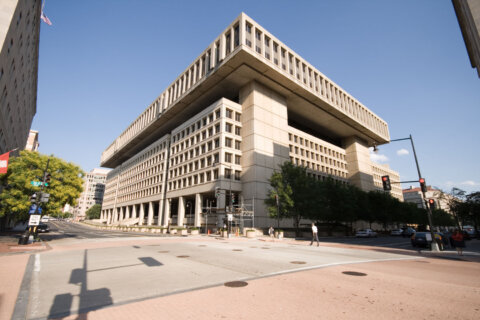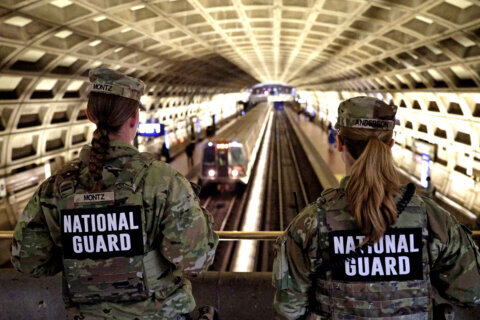Whether the pandemic is over or not by the time the next school year rolls around in August for D.C. Public School students, the school system will still be feeling its impact. That much was made clear during a nearly nine-hour long oversight hearing run by the D.C. Council on Wednesday.
Chancellor Lewis Ferebee has made clear his “expectation” is that all students will be back in the classroom at the start of the next school year. But he also hinted the base of that expectation is built more on hope than anything — conceding that backup plans are also being made just in case health and safety protocols don’t yet allow for a full return come August.
“We are preparing for all scenarios concurrently,” Ferebee said. “Those scenarios include planning that we’ve done last summer with facility planning on how we can serve if we’re in a hybrid mode, how we can serve all of our students and maintain a smaller ratio for social distancing, so there’s a number of different ratios and scenarios that we’re continuing to plan through, and we’ll be prepared to implement.”
Ferebee added that the school system has been working to obtain additional devices needed for distance learning, mostly with the expectation some computers and other devices will need to be replaced because they were either lost or broken this year.
But all of this planning comes at a cost. And at the same time, inflation and other operating costs are also rising. Meanwhile, the city’s school system is looking at a decline in funding.
That led to some back and forth about “reallocating resources,” a term which D.C. Council member Brianne Nadeau pressed Ferebee on at one point.
Her concern was that “reallocating resources” was a coded way of saying job cuts are coming.
Ferebee said it’s too early to get too deep into budgetary issues — but he did say some of the post-pandemic focuses will have greater focus on social and emotional challenges facing many students this year.
After the school system saw a greater than 2% decline in enrollment — and since funding is primarily driven on a per-pupil basis — money woes could be on the horizon at a time when there’s an inclination by some on the council to provide more money for schools. Nadeau said principals she’s heard from are bracing for staffing cuts.
“It’s premature at this point to zero in on mass reductions in the budgets to schools,” Ferbee said. “But the reality though, transparently is that we did realize a decrease in enrollment and that has implication for school budget. But the reality is inflationary costs and operating costs continue to rise and that does shift the landscape. But I think it’s premature to set in stone what’s happening in school budgets.”
Earlier in the hearing Ferebee acknowledged that the city has given the school system an extra $50 million to help stabilize budgets, to go with nearly $10 million more in other budget assistance programs. And he suggested more local and federal funding could be available. But it’s clear there’s some concern on the council that even all of that may not be enough to avert job cuts.








